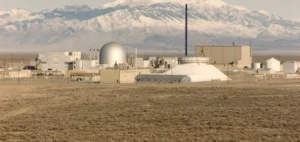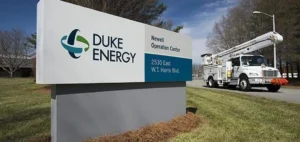Science for America (SfA) today released a white paper entitled “New Opportunities for Fusion Energy.” This paper presents two promising approaches to fusion energy based on recent scientific advances. They could accelerate progress, reduce costs and simplify technical challenges. Both approaches could be tested on a single demonstration system, thereby accelerating testing and reducing costs.
Fusion, the process that powers the sun, involves the fusion of light atoms to form heavier atoms, releasing considerable energy without carbon emissions. Fusion reactions are extremely energetic and fusion fuels are virtually unlimited and free.For decades, fusion has been considered an ideal energy source to supplement other clean energy sources such as solar and wind power. However, significant scientific and technical challenges had to be overcome to make fusion commercially viable.
“Magnetic Igniter” and “Ideal Point Burner”.
Significant progress has been made in recent years, with notable growth in commercial activity and major scientific advances. Two approaches are presented in the white paper: the “Magnetic Igniter” and the “Ideal Point Burner”.
The “Magnetic Igniter” uses an ultra-fast pulse of electric current to create a pulsed magnetic field that compresses and confines the fusion fuel. Compared to laser methods, this approach offers higher efficiency potential, smaller scale, lower costs and simpler targets.
The “Ideal Point Burner” uses an optimal pulse duration to balance the minimum energy required and the minimum power needed for a viable fusion system. This approach has the potential for compact, low-cost fusion energy systems that could be mass-produced for faster deployment around the world.
Another interesting feature of both approaches is their use of pulsed magnetic confinement, which could allow them to be tested on a single shared demonstration system. This would speed up testing and reduce costs.
In addition to the merger, SfA has other projects focused on capturing and using atmospheric carbon dioxide, accelerating cancer drug development, preparing for future pandemics, and improving STEM education and equity.






















